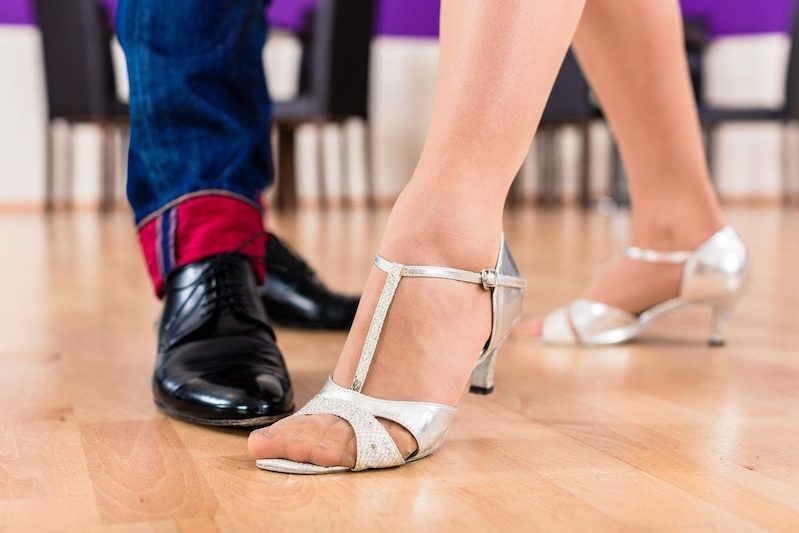Latin dance styles are known for energy and liveliness, and Jive surely operates by that principle.
This dance style was popularized in the 20th century. And oddly enough, while it is a Latin dance, its origin isn’t from South America. It originates from the US, and is a part of African-American culture.
It syncs well with jazz music, another iconic art form of African-American culture.
If you want something less restrained than normal ballroom dance, try jive. This style is excellent for a social night-time environment.
This is a dance style with Cuban origins. Rumba developed in the 19th century by Afro Cuban workers. The name of the style means “party” in Cuban.
As you could guess, this was a leisure dance style when it came around, and it’s definitely an excellent one today too. The style has adapted over time to look more urban, so you can definitely enjoy this style of dance in a relaxed environment.
It’s perfect for those who just want to unwind, and dance to good music.
Another dance style that comes from Cuba. This one is more modern than Rumba, and specifically, it has its origins in the 1950s.
Cha-cha-cha dancing requires more complex footwork than other forms of dance, and it’s definitely more urban, with fast music and steady beats.
Thus, you may need time to learn and master this style, but no worries, here at Pure Dance, we can help you learn cha-cha as a beginner, or you can sharpen your dance skills for a competition.
Brazil is known for its hot party environments. So you might expect samba to be extremely energetic. But this is not the case, Samba is one of the slower Latin dance styles.
Specifically, its origins extend as far back as folk dance in Angola. This style of dance evolved as immigrants brought their dance culture to South America.
If you want a slow dancing style with archaic roots, samba is what you should explore. You’ll definitely enjoy it fast.



